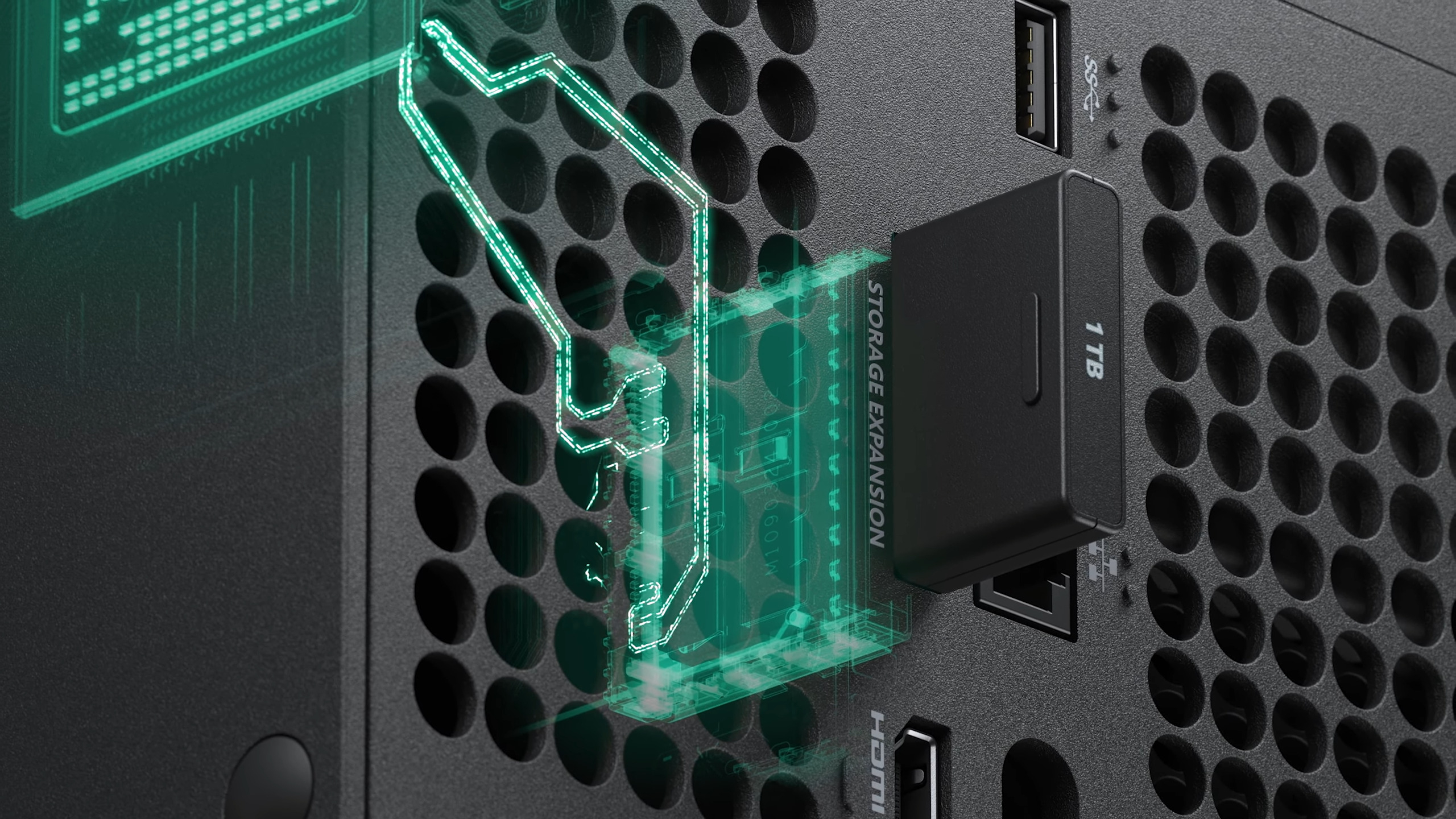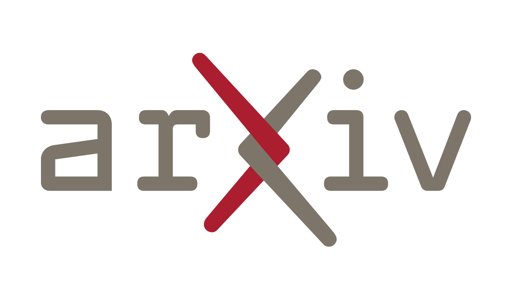How the US is turning into a mass techno-surveillance state
-
Uh you mean since like, 2001?
And by US, the author means the world.
-
This post did not contain any content.
"Turning"?! "into"?!
ig neither the glowies, nor Snowden, nor Manning exist
-
You know, it’s funny, the only time I read someone referring to Americans as Yankees is when it’s a post-Soviet bloc troll. Such a red flag to me.
Edit: this is the second time on here I’ve experienced uniform bigotry for Americans without knowing my personal story. You are insulting someone who is an ally, whether or not you care. If you are going to win the war on authoritarianism and the future you should do a better job of parsing friend from foe. I am not you enemy and my experience with Yankee rings true in all my travels of the world.
nice xenophobic take, yanqui. mb you should go home?
 (meant as a reference and not personal attack)
(meant as a reference and not personal attack) -
nice xenophobic take, yanqui. mb you should go home?
 (meant as a reference and not personal attack)
(meant as a reference and not personal attack)Seems like a personal attack. Not a xenophobic comment when I’ve observed on social media that yankee is rarely used by a native English speaker. I stand by my opinion and all the downvotes tell me I’m onto something true.
-
Maybe not the best example.
At that time this sleezebag (and others with power) got away with a lot of sexual misconduct.
And in his case probably rapes.
Minimising it as him being some naughthy schoolboy and making jokes about is not really something I miss.I don't want to downplay sexual misconduct, but the issues we are facing right now are orders of magnitude higher.
You will never find a perfect point it time where life is good for and harmonious everyone. The 90s had their problems, for sure, but the USA wasn't tearing itself apart, or bringing in and welcoming in a new wave of fascism.
-
"turning"?


You Yankees really do live in a bubble.
what happened here
-
This post did not contain any content.
turning into? its been for a decade or more.
-
I don't want to downplay sexual misconduct, but the issues we are facing right now are orders of magnitude higher.
You will never find a perfect point it time where life is good for and harmonious everyone. The 90s had their problems, for sure, but the USA wasn't tearing itself apart, or bringing in and welcoming in a new wave of fascism.
I know that wasn't your intention, mentioned it bcs it just sounded weird and and unfortunate choice.
" USA tearing itself apart" is the best thing that could happen to the world.
I feel sorry for the handful of non-uniparty voters that have to suffer but as a European this feels like your country is getting a taste of its own medicine. -
what happened here
Somehow that was removed for Rule 3, I don't see how.
-
I know that wasn't your intention, mentioned it bcs it just sounded weird and and unfortunate choice.
" USA tearing itself apart" is the best thing that could happen to the world.
I feel sorry for the handful of non-uniparty voters that have to suffer but as a European this feels like your country is getting a taste of its own medicine.I'm not the OP, or an American, but yes I think a lot of the world is looking at them and feeling that they're getting their comeuppance.
The problem is that America is truly too big to fail. Not that they can't fail, but they will drag the world down with them if they do. Global trade and global security is anchored to them, so while I want to see them slapped back to reality, I don't think we can afford for them to devolve into civil war.
-
I'm not the OP, or an American, but yes I think a lot of the world is looking at them and feeling that they're getting their comeuppance.
The problem is that America is truly too big to fail. Not that they can't fail, but they will drag the world down with them if they do. Global trade and global security is anchored to them, so while I want to see them slapped back to reality, I don't think we can afford for them to devolve into civil war.
I don't agree with too big to fail.
Yes it caused a lot of trouble already and they are dragging us (EU) down with them.
Or better they're sacrificing us for their benefit.
They aren't as important as they were for global trade and it is a catalyst to get rid of them sooner.
And 'global security'?!
That must be a joke, there is no bigger cause of destabilisation and war than that awful country. -
This post did not contain any content.
We are already there
-
This post did not contain any content.
Are these people retarded? Did they forget Edward Snowden?







